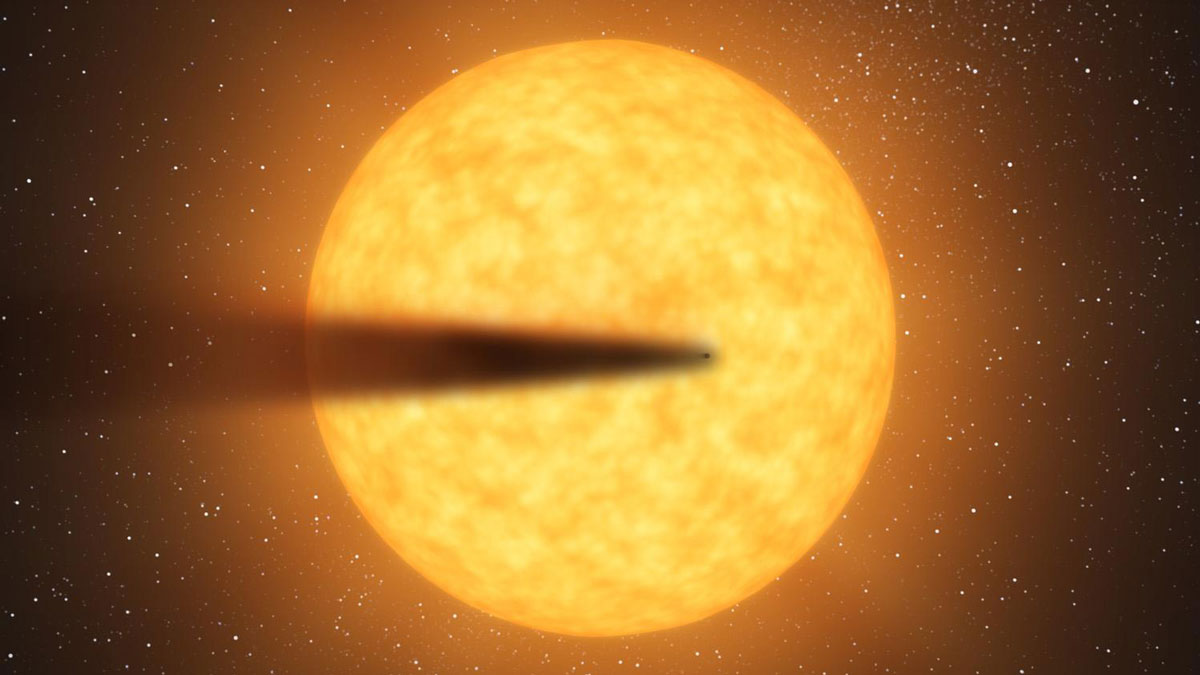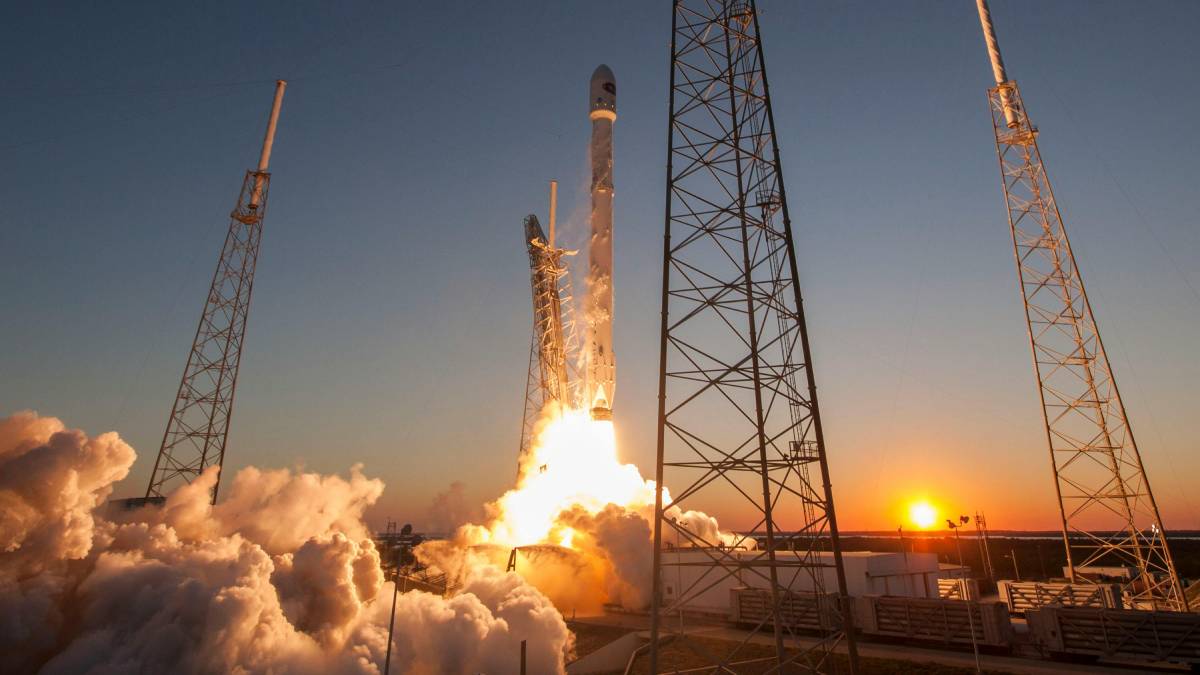The James Webb Space Telescope offers astronomers a rare glimpse into the chemical composition of a rocky planet’s interior—and the results are “very surprising.”
News
U.S. Academic Research Fleet to Add Three Smaller, More Nimble Vessels
A dire lack of investment in oceangoing vessels means the U.S. ocean sciences community is lagging, scientists say. Three new vessels will play a part in building capabilities.
Road Development May Put Habitats at Risk
New research links road construction with increased urbanization and more fragmented species ranges.
Access to Air-Conditioning May Affect Wildfire-Related Health Outcomes
A new study found that access to air-conditioning is a stronger predictor of emergency department visits related to PM2.5 exposure from smoke than factors such as race, age, and socioeconomic status.
Jet Propulsion Laboratory Reopens as Fire Recovery Continues
Many JPL staff, including its director, are still displaced or without homes after devastating fires throughout the LA region.
A Seychelles Shoreline Resists the Rising Seas
The geomorphology of a protected atoll likely contributed to its ability to maintain its shoreline over a turbulent half-century.
People Are Grieving Ecosystem Loss. How Can Public Land Managers Plan Accordingly?
From hordes rushing into national parks to mourners holding glacier funerals, tourists wanting to take in threatened natural places may be shifting visitation patterns.
CT Scans Show How Giant Hailstones Grow
Dental office technology is giving scientists a peek inside giant hailstones.
Latest Moon Mission Is Old, New, Borrowed, and Blue
Firefly Aerospace hopes to kick off 2025 by sticking a lunar landing. Science from the mission’s 10 NASA payloads could help guide future Moon missions.
Three-Quarters of the World’s Land Is Drying Out, “Redefining Life on Earth”
Climate change has made great swaths of the planet drier and soils saltier, jeopardizing food production and water access for billions.










